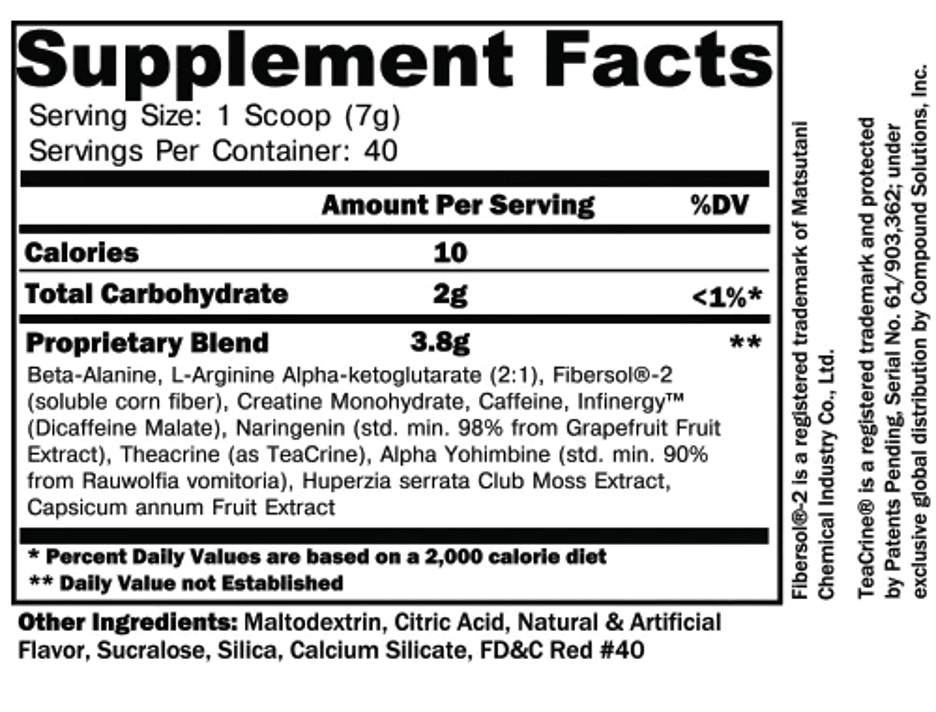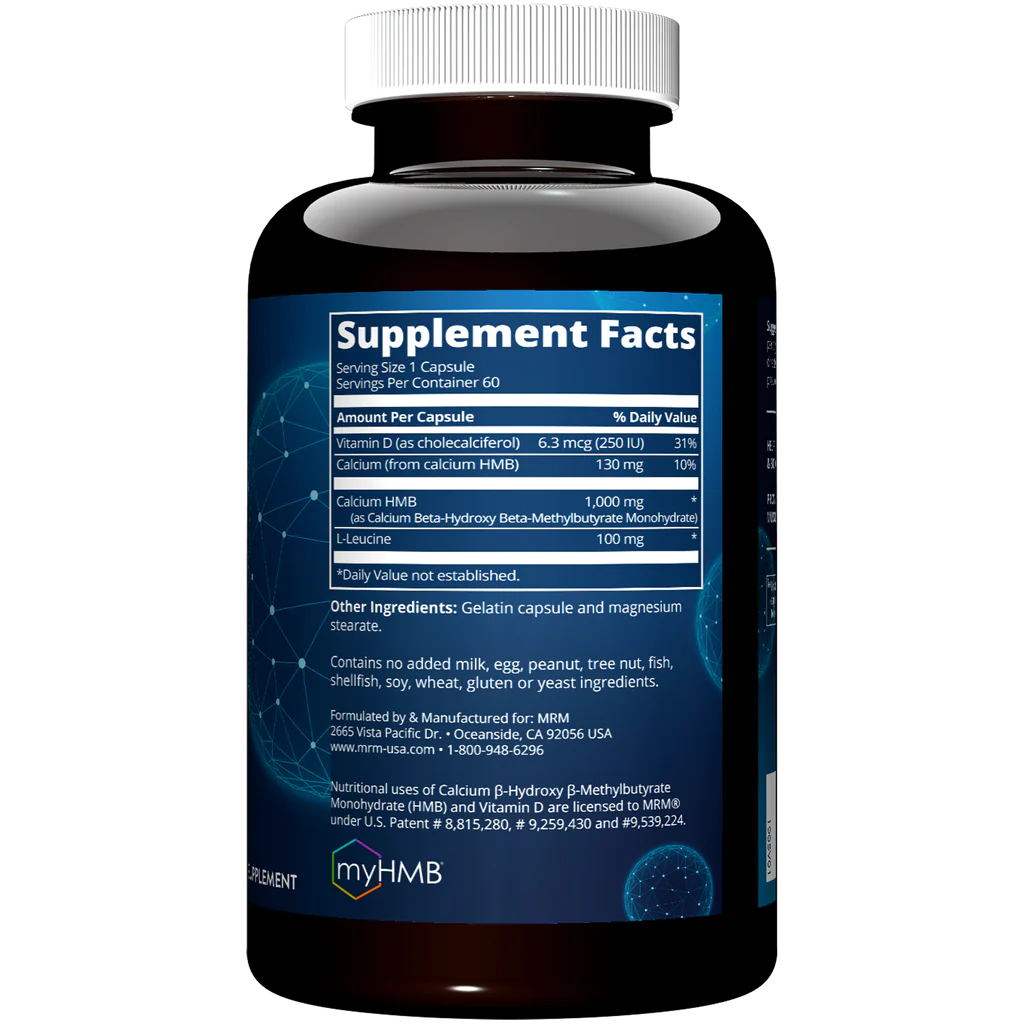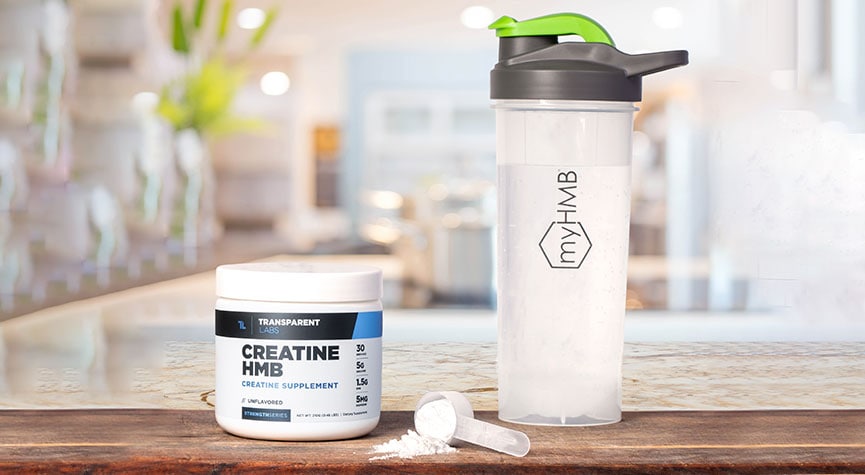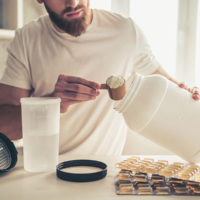Choosing the right supplements can be a tricky task, but it’s essential to ensure that you’re getting the nutrients your body needs and not wasting your money on ineffective or potentially harmful products. In this blog, Korey Van Wyk shares some key factors to consider when choosing your supplements.
It’s estimated that there are over 55,000 supplements currently on the market, with more coming out every day. If you walk into any supplement store, or even the grocery store, the sheer number of options can be overwhelming. On top of that, all of them claim to be effective and offer promises of improved health and performance beyond what we could do with food alone. Even if you’re a nutrition professional, keeping up with the market is nearly impossible. And even if we try to keep up sometimes it feels like we need a biochemistry degree in order to read the label!
To make matters worse the supplement industry regularly has products banned or recalled due to inaccurate or illegal label claims and contaminated or adulterated products. This is because dietary supplements do not require any form of pre-market approval from organizations like the FDA before they hit shelves.
A recent review article pooled data from 50 different papers that collectively analyzed the content of 3,132 supplements. It was found that 875 of these products contained ingredients not disclosed on the label (Kozhuharov, 2022). Now, sometimes these ingredients can be harmless substances like rice powder. However, in many cases they are ones that could have significant and serious effects such as anabolic steroids, antidepressants, stimulants, or prescription drugs. And if you’re a drug-tested athlete, these undisclosed ingredients can lead to a failed drug test.
So, if you’re not a professional, how do you know what you’re taking will be effective and safe? How can you assess a supplement’s quality without needing the biochemistry degree? In this article I’ll give some simple ways that anyone can evaluate a supplement, no degree required!
Third-Party Testing
As mentioned earlier, dietary supplements do not require pre-market approval. This means the company is not required to test its product for contamination, adulteration, label accuracy, or banned substances. So, one of the first things you should look for when choosing supplements is evidence of third-party testing. This means that the company has hired an outside organization to test their products for contamination, adulteration, and label accuracy. The main organizations are NSF, Informed Choice, Banned Substances Control Group, and USP. These aren’t the only ones, but they are the most common. If a product is tested by one of these groups, there will be a logo on the product, or it should be listed in the testing party’s database. There are also independent companies like Consumer Lab and Labdoor that will test products.
Now, what third-party testing does not mean is that the product is effective. A product can pass all safety and potency tests and still be misdosed or use ineffective ingredients. But if a company is willing to go through these steps it’s at least a good sign they care about what’s in their product.
Label Transparency
When you look at a Supplement Facts panel, you should see each individual ingredient listed and the amount that is in the product. Companies are not required to disclose the amounts of all ingredients, and some simply don’t. If you see ingredients listed without amounts that is a big red flag.
One way companies will work around disclosing the amount of each specific ingredient is by using “Proprietary Blends”. Some labels will actually use that term and others might call it a “matrix” of some kind or another term to denote that it’s a blend of ingredients. The label will tell you the amount of all the ingredients together, but you have no idea how much of each ingredient is in the blend. Here’s an example:
In the label above, you can see the total amount of the blend is 3.8g. That 3.8g is made up of the 11 different ingredients listed below it! Even if there is an equal amount of each ingredient (there isn’t) each one would come out to 345mg. You don’t need a chemistry degree to know that’s not very much. For some ingredients like caffeine, this would be a meaningful dose. But for others like beta-alanine and creatine, it’s basically nothing.
However, ingredients on a label are listed from most to least by weight. So in this blend, beta-alanine has the biggest dose and capsicum extract has the smallest. Let’s assume there’s 2g of beta-alanine which is typically enough to create a tingling sensation in your skin (this leaves 1.8g left for the other 10 ingredients). Let’s also assume there’s 300mg of caffeine. This means all the ingredients after caffeine are less than 300mg and the amount decreases for each subsequent ingredient. Not only that, the creatine dose would be less than 2g when 3g is typically the lowest efficacious dose recommended.
Why do I point all of these things out? Because almost every propriety blend I’ve ever seen follows this same pattern. In almost every case it means that the ingredients are underdosed. Or the company will properly dose one or two of them (beta-alanine and caffeine in the example above) so you’ll “feel it” and think the product is doing something. If you see proprietary blends, particularly ones that have a laundry list of ingredients, take a pass on that product.
Use of Brand Name, Trademarked Ingredients
Just like there are varying qualities of the same type of product you might buy at the store, there are varying qualities of the same ingredient in supplements. When looking at a Supplement Facts panel, you want to see that the majority of ingredients have a ™ or ® symbol next to them. This should also coincide with the logo of the ingredient being present on the label or some other acknowledgment of the brand (see the right side of the example label above). The myHMB logo is a perfect example of this. As you can see below, the MRM HMB 1000mg product lists Calcium HMB as an ingredient and showcases the branded ingredients logo – myHMB and the ingredients patent numbers.
Any product claiming to have HMB should have this logo on it. If it doesn’t, the product is either using a lower quality form or not using it at all. Many ingredients have a trademarked version of them, so if a product doesn’t use any that could be a red flag.
Marketing Language
The overarching rule of thumb when it comes to supplements is that if it seems too good to be true…it is. However, marketing language often goes beyond just listing a product’s benefits. If the wording is particularly over-the-top, hyperbolic, or sounds like something a WWE wrestler would say, use caution and apply the advice above. Be particularly cautious if the product uses scarcity language (e.g., “Supply of this rare ingredient will run out soon!!) or tries to sound “barely legal”.
Other Tips
- Make sure any herbal ingredients mention standardization of the active ingredient. This will usually be listed as a percentage.
- Be extra cautious with “muscle building” products, pre-workouts and energy products, testosterone boosters, and sexual enhancement products. They are the most commonly adulterated.
- Stating that a product treats or cures any medical condition is illegal. Do not take any product that claims to do so.
References
Kozhuharov, Vanya Rangelov, Kalin Ivanov, and Stanislava Ivanova. “Dietary Supplements as Source of Unintentional Doping.” BioMed Research International 2022 (2022): 1–18. https://doi.org/10.1155/2022/8387271.
Looking to try an ingredient that is backed by science?
MyHMB is one of the most studied nutritional ingredients available. In the last three decades, HMB has had more than 150 human studies, 100+ review articles and 14 meta-anlyses have shown its effectiveness and safety. Give it a try!
